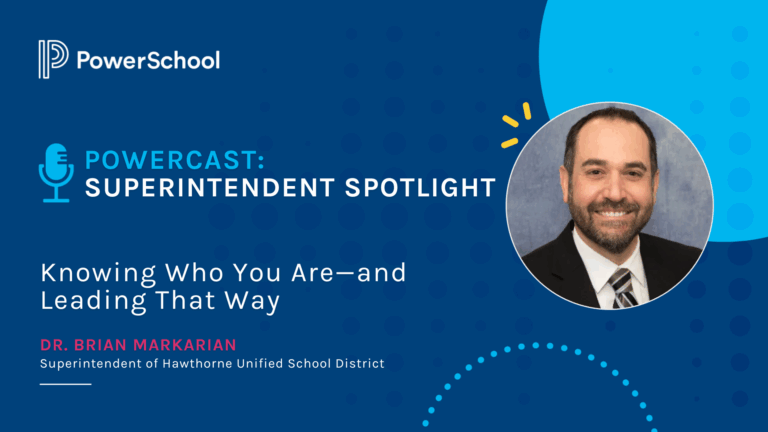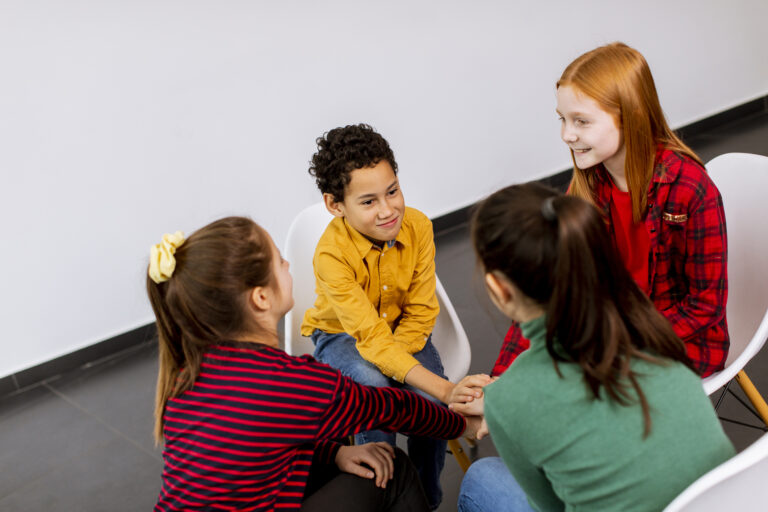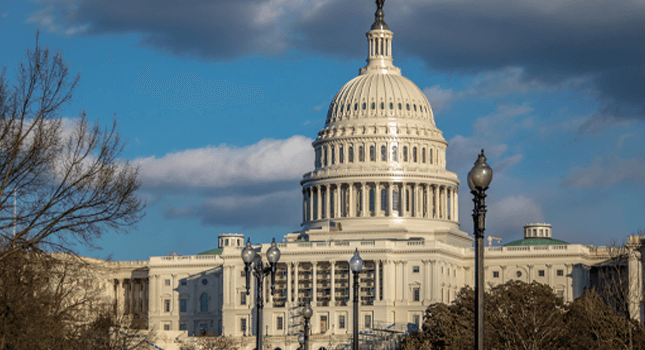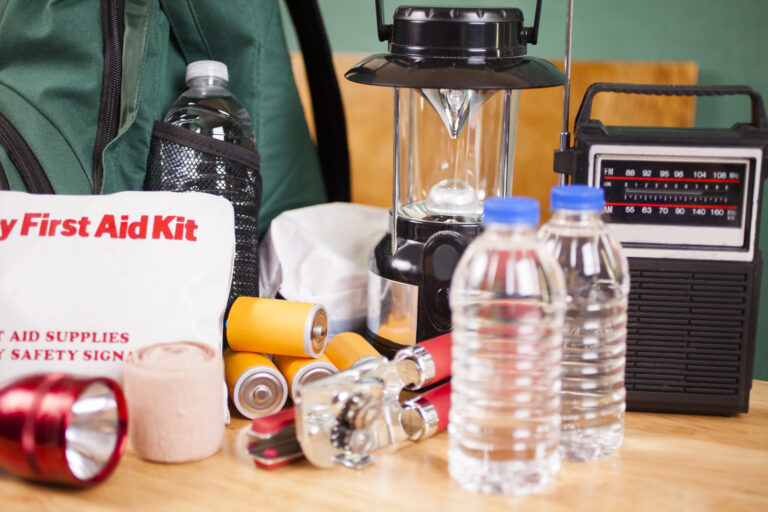This resource is provided by ACSA Partner4Purpose Navigate360.
“Our young people are struggling. We are in a youth mental health crisis. And the need to talk about and address this crisis is urgent.”— Daniel H. Gillison, Jr., Chief Executive Officer of NAMI (National Alliance on Mental Illness)
The challenge is clear. In the aftermath of the pandemic, young people are struggling like never before. In fact, the American Academy of Child & Adolescent Psychiatry and the American Academy of Pediatrics declared a National State of Emergency in child and adolescent mental health in 2021. Additionally, the U.S. Surgeon General issued advisories about the state of youth mental health in 2021 and again in 2023.
To anyone working with children, this is not surprising news. Depression, anxiety, and behavioral disorders are among the leading causes of illness and disability among adolescents, according to the World Health Organization. The mental health challenges students are experiencing are evident in the way they interact with the world around them. School absenteeism, physical health issues, educational difficulties, poor peer relationships, risk-taking behaviors, and increased thoughts of suicide and self-harm permeate the educational landscape.
What Can Schools Do to Help?
All is not lost, however. U.S. Surgeon General Vivek Murthy acknowledges that although mental health challenges among our youth are real and widespread, they are highly treatable and, in many cases, preventable. Combating the youth mental health crisis will take intentional, sustained effort as well as long-term commitment by school districts, educators, support staff, and families.
Focus on Social-Emotional Skill Development
The five core social-emotional skills, as outlined by CASEL, are critical to the development of resilient, capable individuals. Social-emotional learning (SEL) helps students to master the necessary skills for both academic and interpersonal success and should be taught at all grade levels. Educators often incorporate SEL instruction as part of lesson plans, utilizing such tools as visual aids, instructional practices, mindfulness exercises, mentor texts, and journal prompts.
Build Relationships
Relationships are the cornerstone of positive school culture, particularly the building of relationships between students and staff. When educators get to know their students, they establish a foundation for a strong school community. Even challenging behaviors can be a vehicle for relationship-building when educators validate student feelings and approach behavioral challenges with curiosity and compassion. Additionally, educators can facilitate relationships between students by utilizing practices such as restorative circles to discuss topics that are relative to the class.
Create Safe Spaces
The bedrock for mitigating the youth mental health crisis lies in creating a sense of safety and security in which students can learn and grow. Safe spaces rely on the development of group norms that include active listening, respect for differences, using “I” statements, and assuring that all voices are heard and valued. Students will thrive with consistent routines and procedures as well as visual reminders of expectations and instructions, as knowing what to expect helps to create a sense of safety. The physical space of a classroom can also benefit from thoughtful consideration in terms of student placement, flexible seating options, and spaces for quiet reflection.
Mental Health & Prevention Curriculum
Equipping students with vital information and coping strategies to protect their well-being enables them to take ownership of their own mental health. Many schools adopt a mental health curriculum to aid in student mental wellness.
Addressing the youth mental health crisis requires research-based and trauma-informed practices that help to create a safe and welcoming environment for students to learn about sensitive topics. Yes, the challenges are clear, but schools and educators can help mitigate this crisis with intentional instruction, the latest research, and best practices for addressing timely mental health concerns. Building mentally strong, resilient individuals is possible, and schools and educators are at the forefront of this effort.
Find more information about Navigate360’s Mental Health & Prevention curriculum online.





























